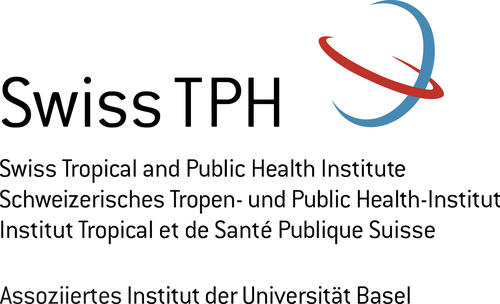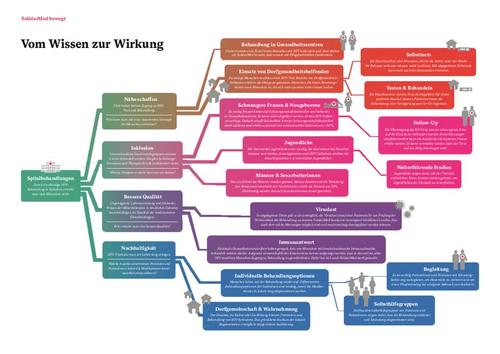
05.05.2021
Vom Wissen zur Wirkung
SolidarMed legt grossen Wert auf die Wirkung seiner Programme. Daher fliessen aktuellste wissenschaftliche Erkenntnisse aus dem Bereich der globalen Gesundheit in Projekte für unsere Begünstigten. Dank gezielter Qualitätskontrolle werden Behandlungen stetig verbessert.

Die vollständigen Darstellung, davon wie wissenschaftliche Einflüsse die Projekte von SolidarMed prägen, finden Sie im folgenden Abschnitt zum Download.
Grafik zum Download
Graphik zum Download
Downloaden (0.09 M) PDFZusammen mit akademischen Partnern trägt SolidarMed auch zum wissenschaftlichen Austausch bei. Die schematische Darstellung zeigt die Bemühungen von SolidarMed im Bereich HIV/Aids über die letzten 10 Jahre.
Akademische Partner


Institut für Sozial- und Präventivmedizin | Universität Bern
Mehr erfahren
Inselspital Bern
Mehr erfahren




